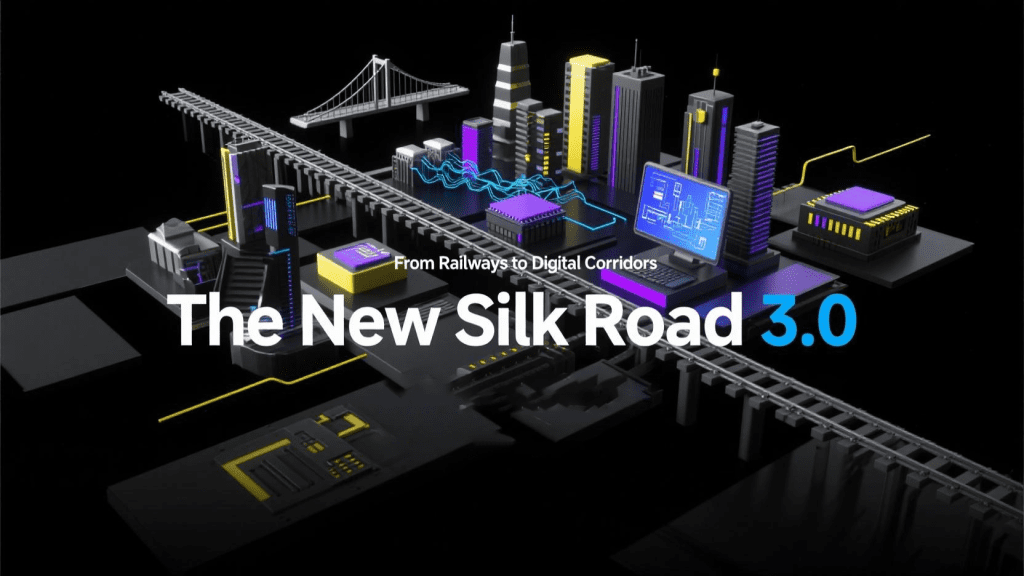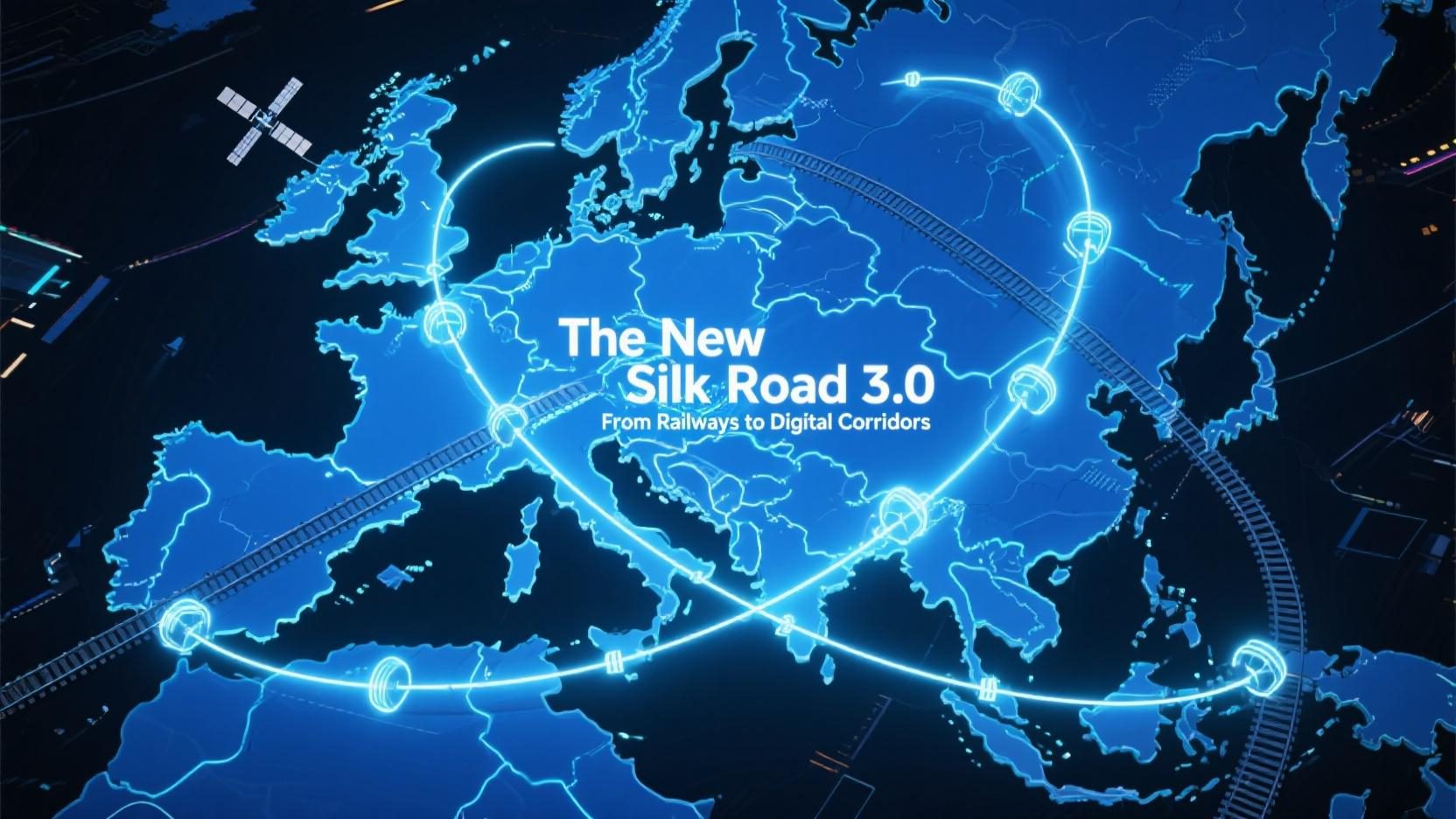In 2025, as global commerce evolves beyond traditional boundaries, the ancient Silk Road has been resurrected in its latest form — Silk Road 3.0 — merging railways, highways, and ports with digital infrastructure. No longer merely a route for goods, it has become a multi-dimensional channel for data, services, and trust.
The Evolution of Trade Routes
-
Original Silk Road: A corridor for silk, spices, and ideas across Asia, the Middle East, and Europe.
-
Belt and Road Initiative: A modern rendition focusing on ports, highways, and railways across 60+ nations.
-
Silk Road 3.0: The digital and sustainable era, where fiber optics, 5G corridors, and AI-managed logistics connect nations as seamlessly as traditional caravans.
New Infrastructure Layers
1. High-Speed Freight Rails
Modern freight lines cut delivery times across Eurasia by 60%. Smart trains operate on AI scheduling and precision routing, making cross-continental transportation a viable substitute for costly airfreight.
2. The Data Silk Road
Fiber optic cables, satellite links, and 5G networks form a digital spine, making connectivity as vital as physical corridors. New “digital ports” arise across Central Asia and Eastern Europe, facilitating seamless data flows and remote service trade.
3. Sustainable Energy Links
Renewable mega-projects — solar farms across the Middle East, wind farms in Central Asia — connect via the Silk Road network. These green corridors enable nations to trade surplus clean energy, making the route a decarbonized economic artery.
The Strategic Impact
The new Silk Road has reshaped global commerce:
-
🇨🇳 China strengthens its role as the global supply chain hub.
-
🇷🇺 Russia positions itself as the “energy and resource bridge” across Europe and Asia.
-
🇩🇪 Germany emerges as the manufacturing and AI powerhouse of this new connectivity era.
Meanwhile:
-
New alliances form between landlocked nations (Kazakhstan, Uzbekistan) and global ports.
-
Environmental policies and digital connectivity regulations evolve, making “digital sovereignty” and “green corridors” core to national security.
Challenges and Opportunities
Challenges:
-
⚡️ Cyber vulnerability across digital trade routes.
-
🌳 Environmental concerns with infrastructure expansions.
-
🌐 Geopolitical tensions as nations vie for “node dominance”.
Opportunities:
-
🚚 Integrated digital-freight platforms that cut global shipping delays by 40%.
-
♻️ Renewable energy corridors that redefine commodity pricing.
-
📊 AI-based risk forecasting making supply chains resilient to climate and conflict.
Conclusion
The Silk Road 3.0 is more than a trade route — it’s an economic nervous system for the 21st century. Those who control its digital arteries and sustainable corridors will dictate global commerce, reshaping markets, alliances, and prosperity. In this new era, connectivity is currency, and those who master its threads will weave the fabric of global economic power.








